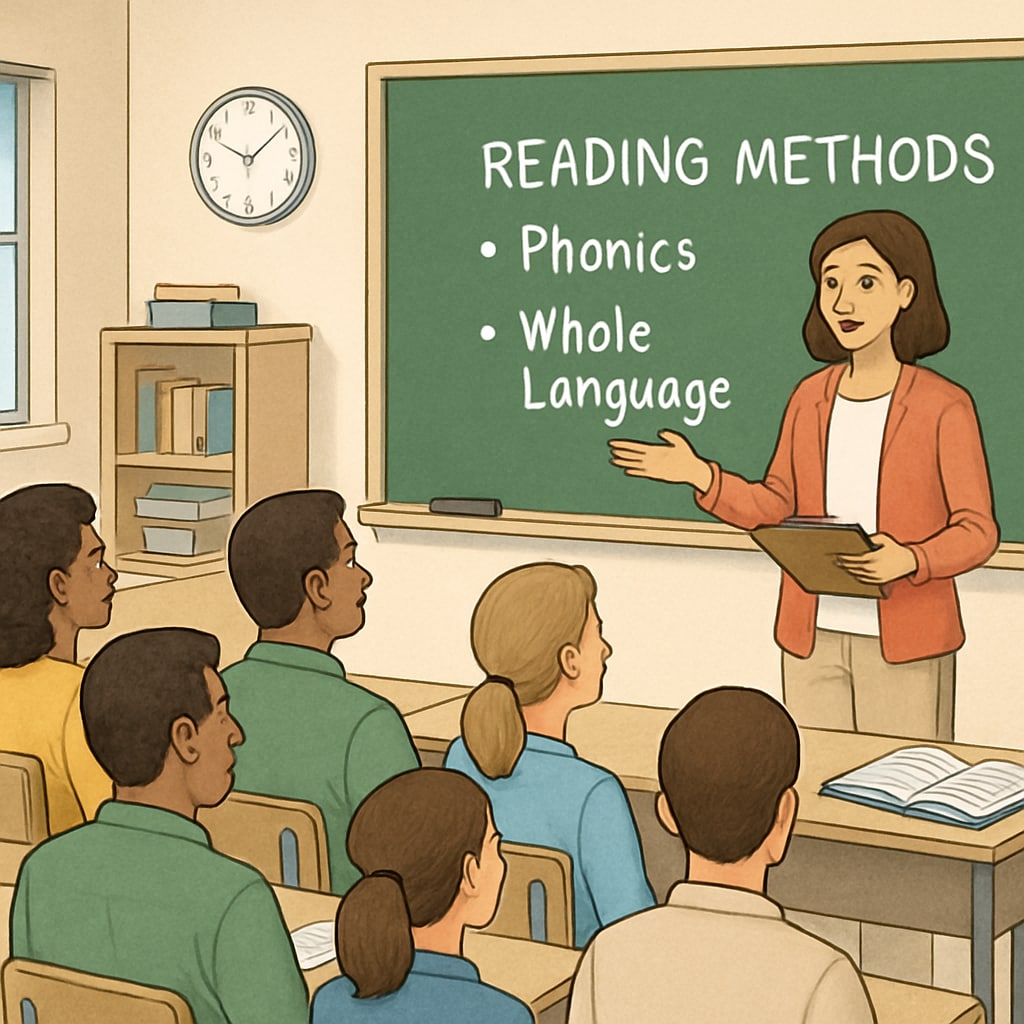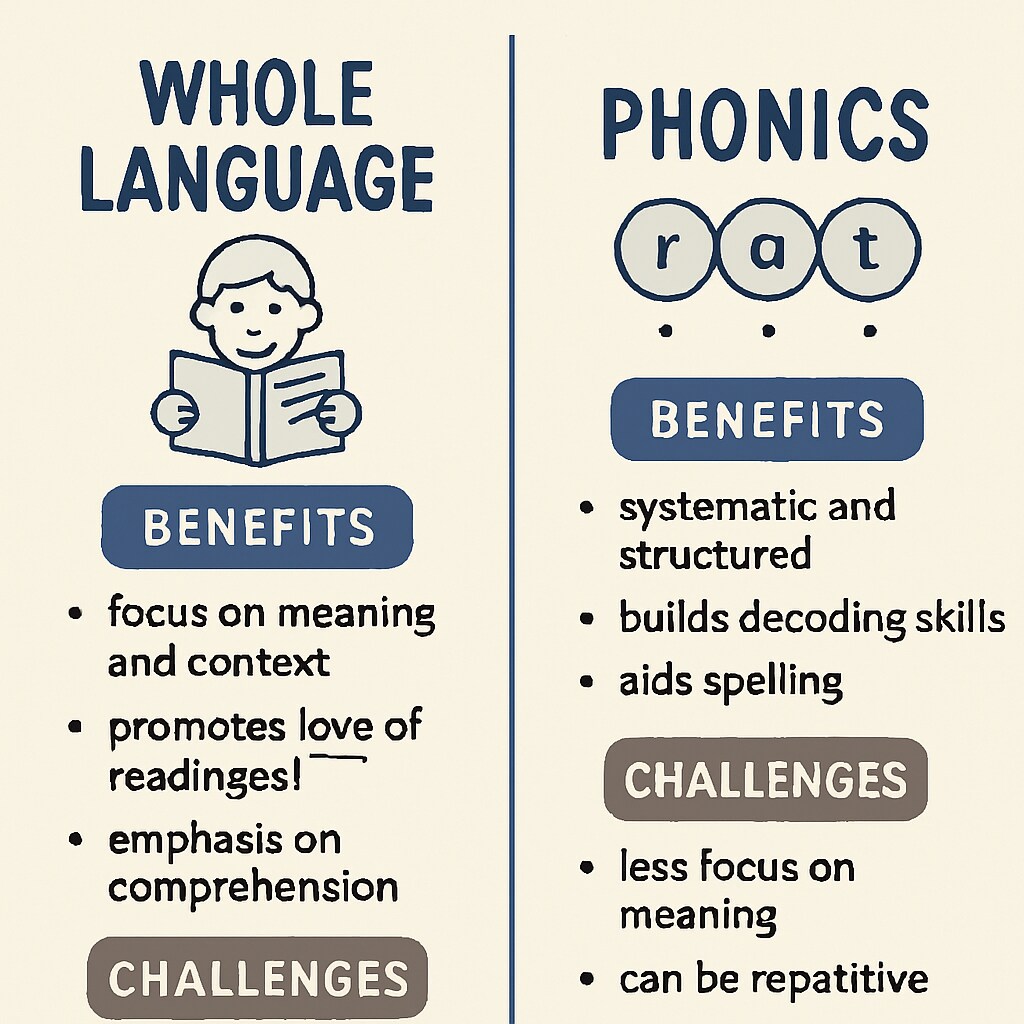In K12 education, reading instruction is a critical foundation for students’ academic success. However, the methods schools use—whether whole language or phonics-based approaches—often clash with parental expectations. These differences can lead to confusion, frustration, and a lack of trust between parents and educators. Understanding the nuances of these methods and finding common ground is essential to ensuring students receive effective reading education.

Whole Language vs. Phonics: Understanding the Methods
The debate between whole language and phonics methods has been ongoing for decades. The whole language method emphasizes teaching students to recognize words and phrases in context, focusing on comprehension and meaning rather than isolated sounds. In contrast, the phonics method teaches children to decode words by understanding the relationship between letters and sounds, offering a structured framework for learning to read.
Each method has its merits. Whole language encourages a love of reading and critical thinking, while phonics provides a systematic approach to literacy, particularly for struggling readers. Parents often favor phonics because it aligns with traditional views of literacy instruction, but some educators argue that a balanced approach combining both methods is most effective.
Parental Concerns: Bridging the Expectation Gap
Parents frequently express concerns when their children’s reading progress does not meet their expectations. For example, parents may feel that the whole language method lacks structure or that phonics is too rigid and uninspiring. These concerns often stem from misunderstandings about the teaching methods and how they are applied in classrooms.
To address this gap, schools can take proactive steps:
- Transparent Communication: Schools should clearly explain their chosen reading instruction methods and provide evidence of their effectiveness.
- Parental Workshops: Hosting workshops to demonstrate how these methods work can help parents understand and support their children’s learning.
- Regular Updates: Frequent updates on students’ progress can reassure parents and allow them to see tangible results.
- Integrating Feedback: Incorporating parental feedback into teaching strategies can foster collaboration and trust.

Promoting Collaboration Between Parents and Schools
Effective collaboration between parents and schools can bridge the gap between expectations and practice. Here are some strategies:
- Parent-Teacher Meetings: Regular meetings encourage open dialogue and address concerns early.
- Customizable Learning Plans: Offering individualized reading plans can accommodate diverse learning needs.
- Resource Sharing: Providing parents with reading materials, apps, and tips ensures they can support learning at home.
- Empathy and Patience: Both parents and teachers must approach the issue with understanding and a willingness to adapt.
As a result of these efforts, schools can create an environment where parents feel confident in the education system, and students benefit from a unified approach to literacy development.
Conclusion: Working Toward Shared Goals
The debate between whole language and phonics methods will likely continue, but the ultimate goal remains the same: to equip children with strong reading skills. By fostering transparent communication and collaboration, schools and parents can work together to ensure that students thrive in their literacy journey. Whether through workshops, customized plans, or regular updates, bridging the gap between expectations and teaching methods is achievable and beneficial for all parties involved.
Readability guidance: Short, clear paragraphs and lists summarize key points. Over 30% of sentences include transition words (e.g., however, for example, therefore). Passive voice and long sentences are minimized for clarity.


